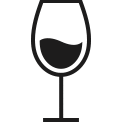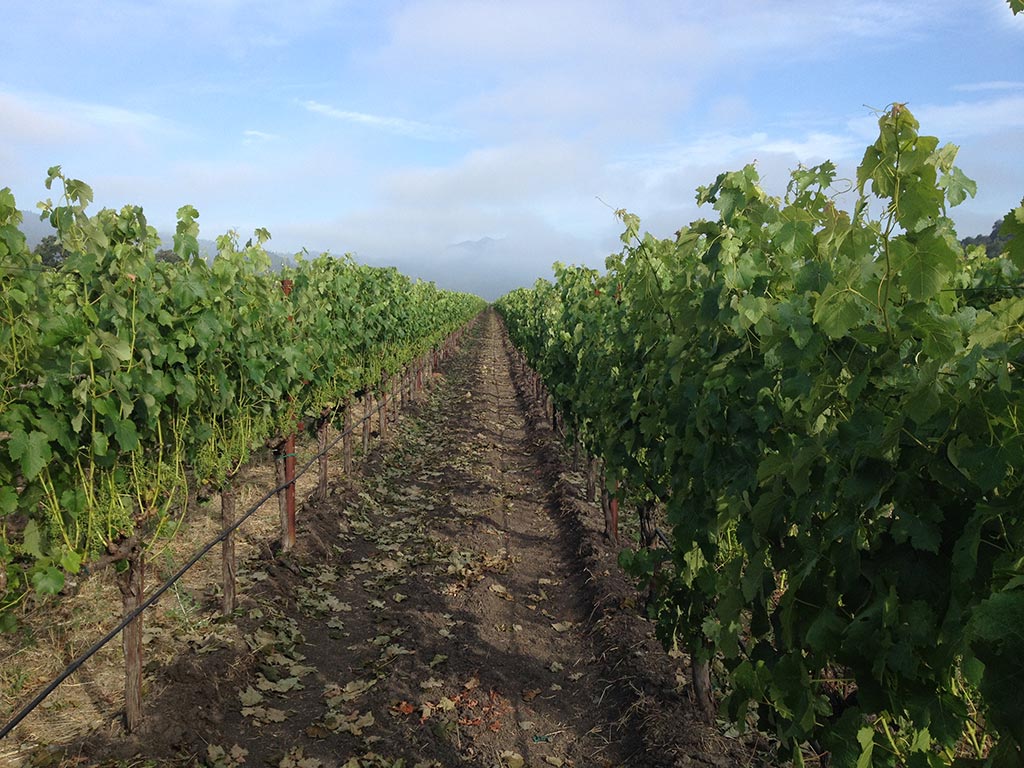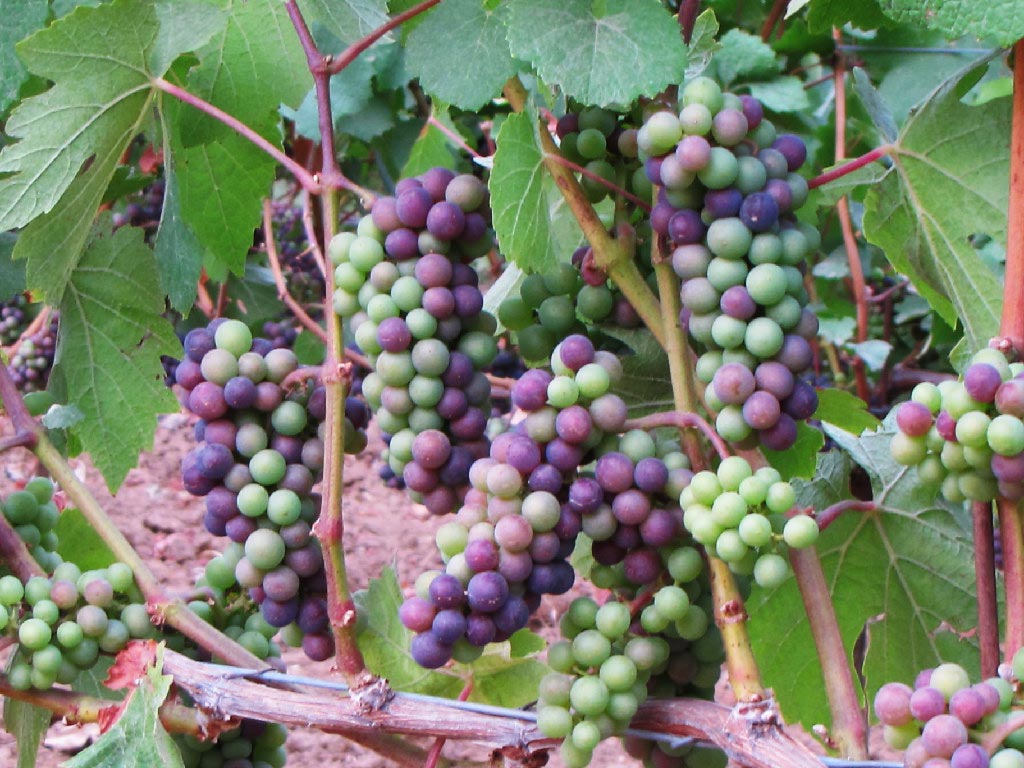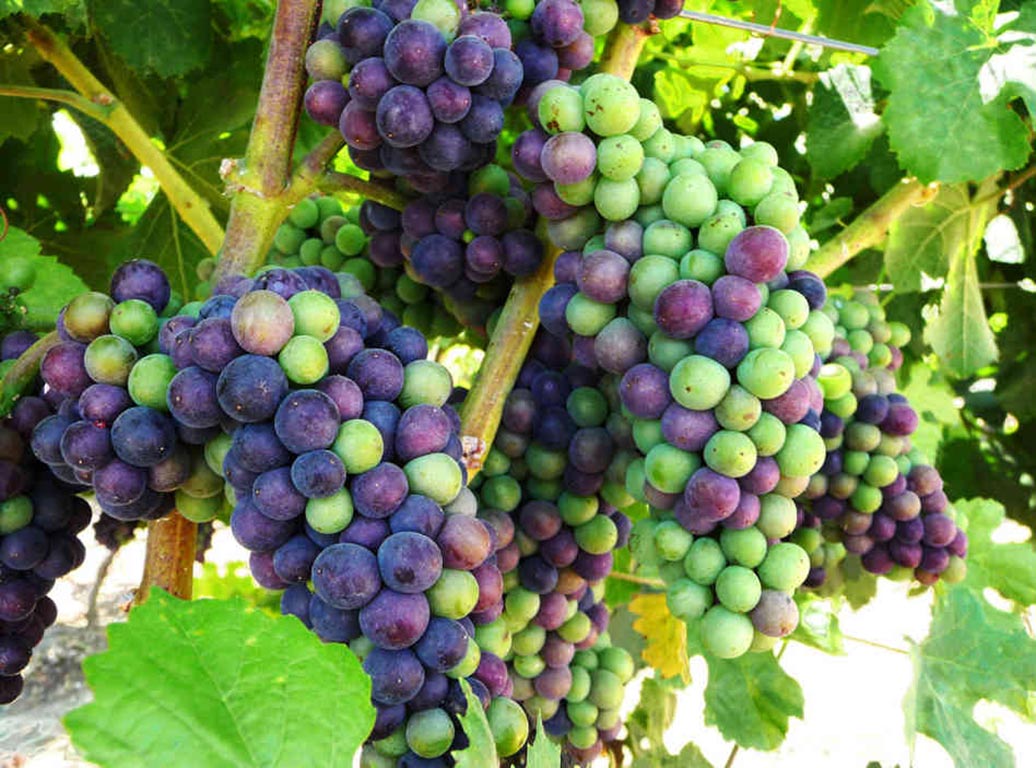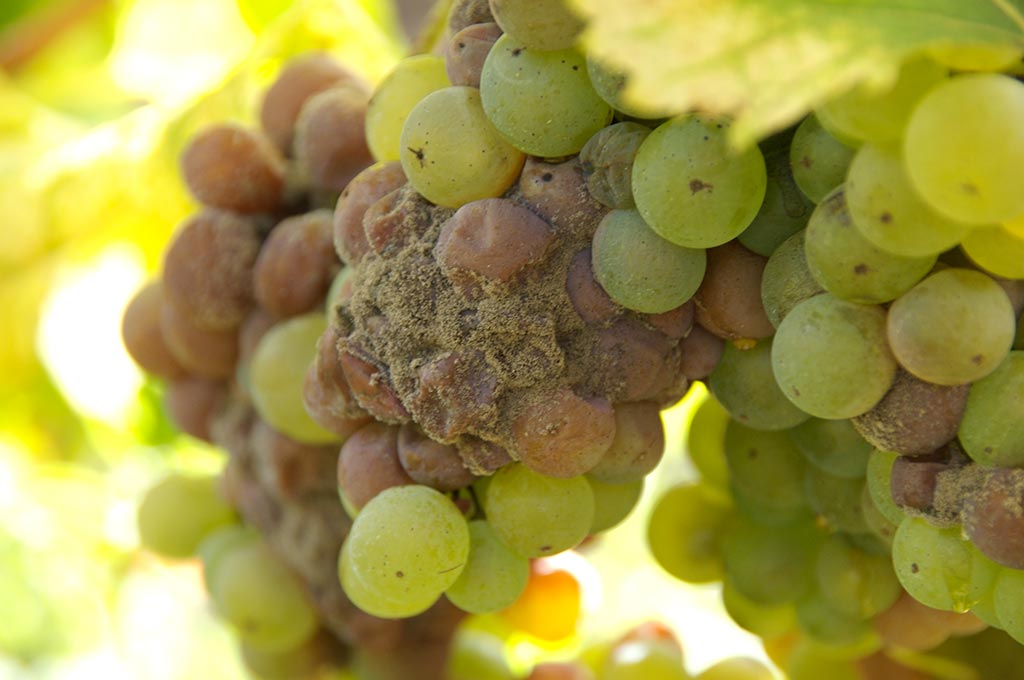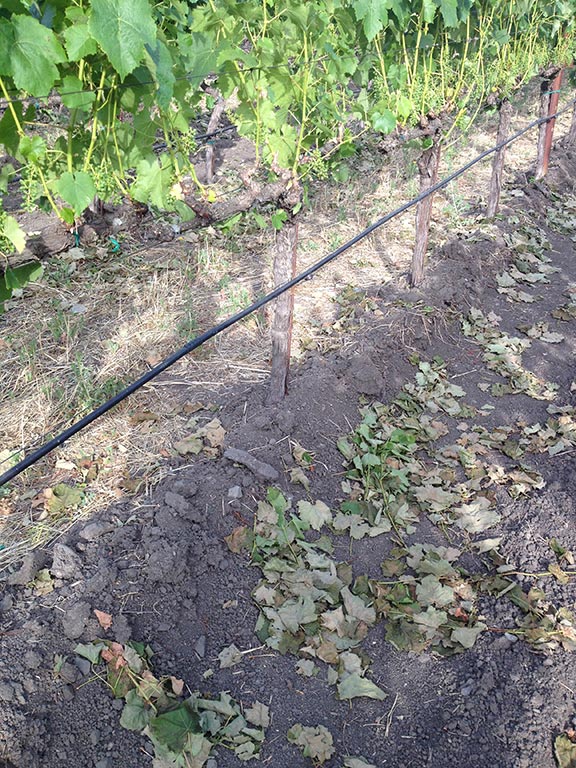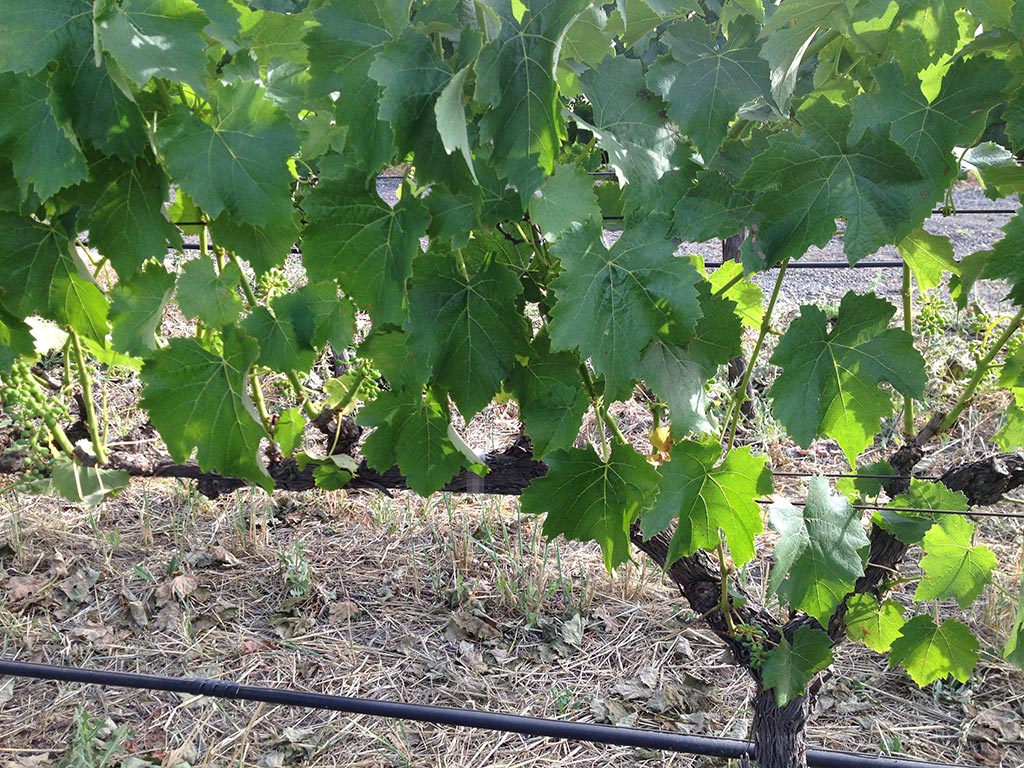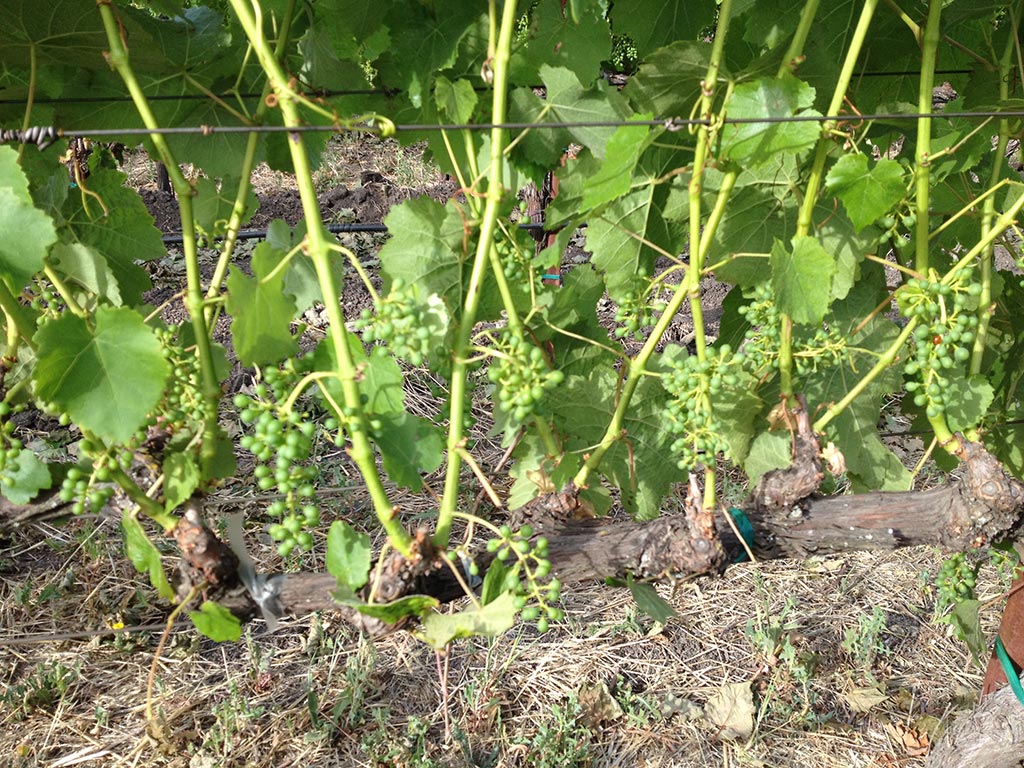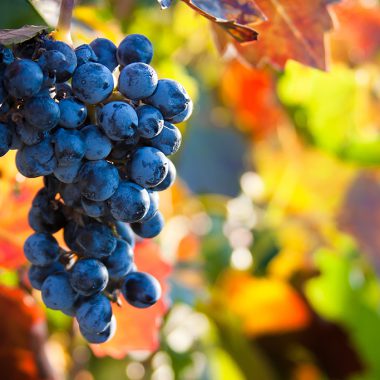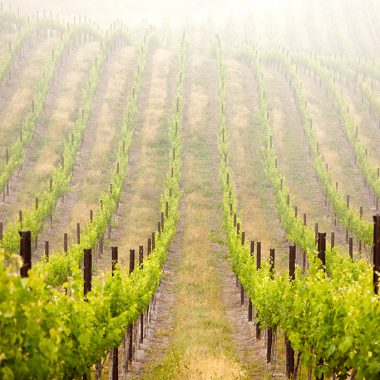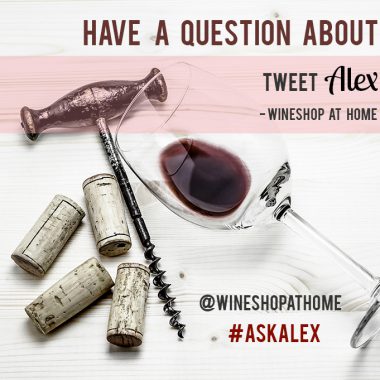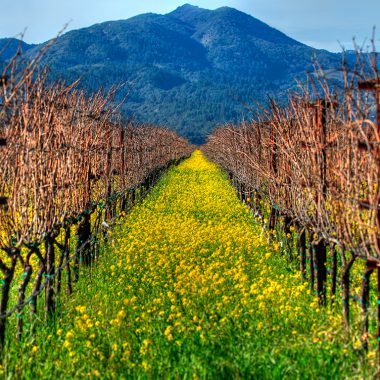The 2015 Harvest Has Begun!
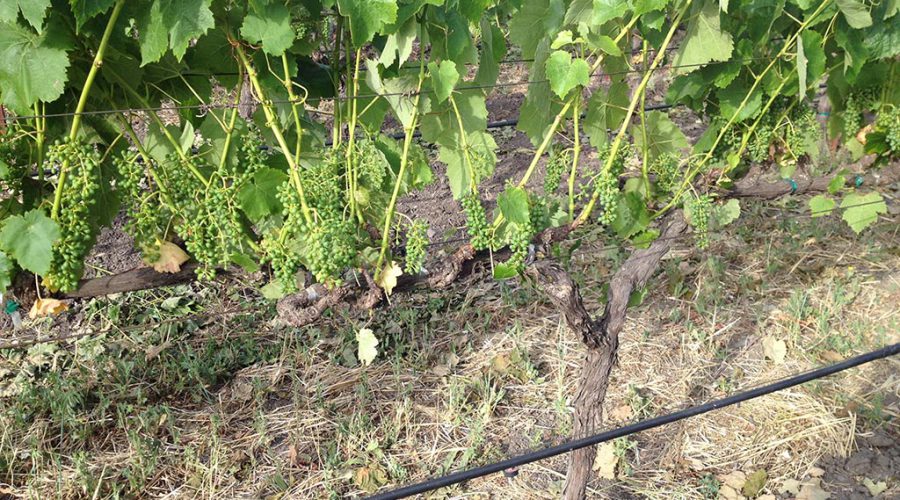
Unless you work at a winery or in a vineyard, and you hear this phrase in July, you’d probably wonder what’s wrong with this statement. Looking at the pictures below, one would think that harvest is already underway – green harvesting and leafing that is. Currently, we are in the middle of these two very critical vineyard operations that impact fruit quality.
During the growth stage, vines produce canopy and clusters, which mature through the stages of flowering, berry set and veraison. The amount of air flow during the time of flowering is critical because too much wind can damage the flowering clusters, leading to poor fruit set and decreased crop yield. Too little air flow during the grape maturation stage can foster mold and bacteria, damaging the fruit.
What is veraison?
Veraison is originally a French term, meaning “the sunset of ripening.” Following fruit set, grape berries are green and hard to the touch. They have very little sugar and are high in organic acids. They begin to grow to about half their final size when they enter veraison. During this stage of the ripening process, there is an increase of sugars (glucose and fructose) in the berries. The berries begin to change color due to the chlorophyll in the berry skins being replaced by anthocyanins (for red wine grapes) and carotenoids (for white wine grapes).
Veraison does not occur uniformly among all berries and clusters as you can see above. Exposure to warmth, air flow and direct sunlight within the canopy is crucial. Leaf thinning is done to regulate sun exposure of the clusters. The management of the ratio between fruit to leaves can encourage veraison. Vines are biologically programmed to channel all its energies and resources into the berries, which house the seeds. The goal is to get each section of the vineyard to ripen at the same time a few months later, when the “real” harvest is upon us.
What is green harvesting?
Done just before veraison, when berries start to get some color, some green bunches are simply clipped and dropped to the ground. A plant can only get so much sunlight and energy in a year. By dividing resources among fewer berries, the goal is to provide the best ripening conditions possible to fewer berries. To get higher quality grapes with plenty of ripeness and flavor, green harvesting can be used to artificially lower the yield. Soils in Californian valleys are very fertile and provide a lot of growth to the vines. This growth can result in crowding, making the grapes susceptible to bursting. The grapes push into each other and water cannot evaporate fast enough due to a lack of wind and sunlight. The bursting itself isn’t so bad, but this makes grapes susceptible to diseases that can take hold once the skin is damaged. Green harvesting ensures that grapes will not overcrowd, resulting in the best possible grapes in the vineyard.
Bordeaux has seen a rise in the use of green harvesting. Unripe bunches are cut off in the summer in order to channel more of the plant’s strength to the remaining bunches. In France, Mother Nature is a lot more capricious than in California. Late August storms and rain in September are customary in this part of the world.
What is the green harvest leafing strategy?
Below, you see a vine with morning exposure, after leafing was complete.
Below, the same vine retains its canopy on the opposite side to protect it from the harmful direct sun exposure on a warm afternoon.
Leaf removal is a widely used practice in California to fight disease pressure and influence wine quality. While it’s agreed that leaf removal is beneficial, in California, excessive removal (known as “over-leafing”) can affect grape quality. For example, Pinot Noir is thin-skinned, making it sensitive to sunburn, disease, and temperature increases. Some varietals grow well in full sunlight, which advances their stem maturity. The leafing style of winemaking includes the stems in the overall tannic profile of the wine. Grapes on leafed clusters are five to ten degrees warmer in afternoon sun, depending on row direction.
Too little sunlight can cause vegetal “off-flavors,” while too much sun exposure can cause sunburn and “off-aromas.”
Like the ageing of a good wine, managing a vineyard is a balancing act to obtain the best berries and the best flavors in the finished wine.
